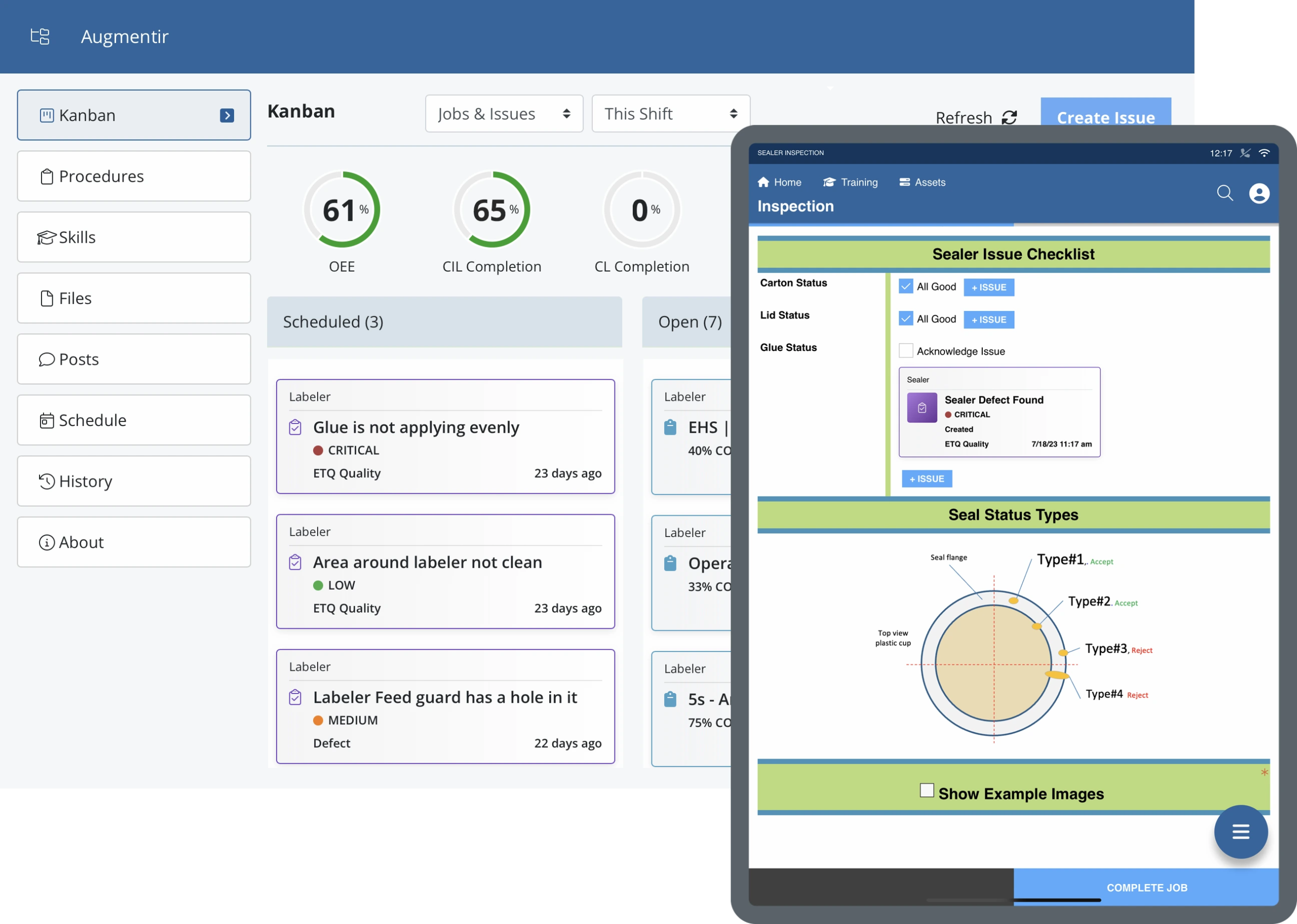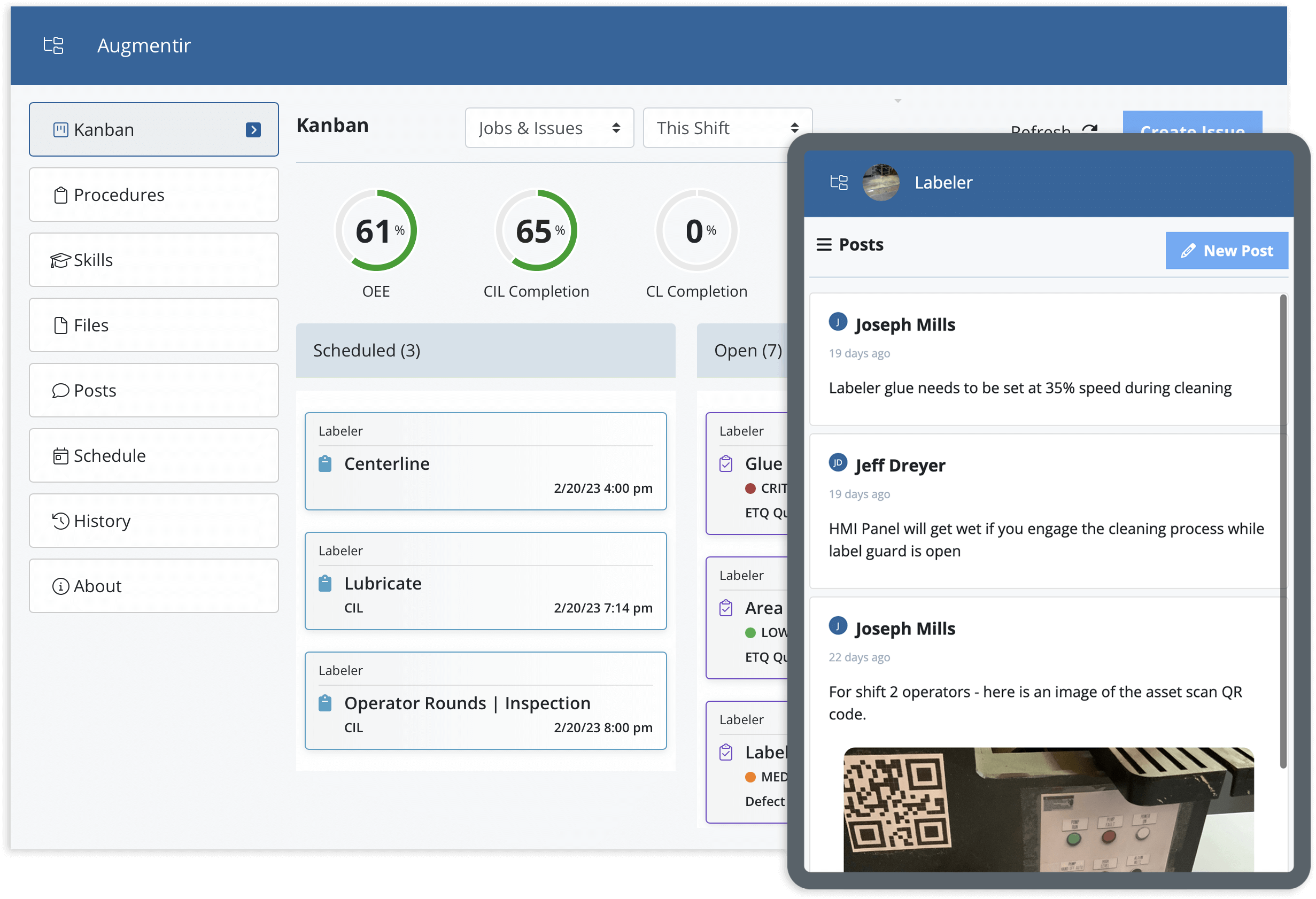Creating a quality control checklist, or inspection checklist, can make all the difference to a manufacturer’s bottom line and overall customer satisfaction.
It should contain five key elements for successful implementation:
- Product requirements
- Packaging requirements
- Onsite product tests and inspections
- Defected products classification
- Collaboration between QC personnel
1: Product requirements
Suppliers can’t meet product conditions that they don’t understand. While most manufacturers add product requirements to their quality control checklists, some devote more time to describing specifications than working with suppliers on what they mean.
A lot of inspections fail because the product order doesn’t meet the manufacturer’s own product criteria. So it’s crucial to clear up any confusion around product criteria by addressing material, construction, weight, dimensions, color requirements, markings, and labeling specifications.
2: Packaging requirements
It’s also important for manufacturers to accurately state how their products should be packaged for successful delivery. How well you package a product not only protects it during transport but can also enhance how it appears to the customer. This can positively affect client perception about the goods you produce.
Keep in mind that a great quality checklist will typically include packaging weight and dimensions, carton labeling requirements, and packaging materials and assortment for each product.
3: On-site product tests and inspections
Manufacturers who import goods must outline procedures for any on-site tests and expected pass or fail criteria so that QC inspectors can apply the right standards to each product. If the correct standards aren’t applied, it can cause product reporting errors and necessitate more inspections down the line.
4: Defective products classification
A quality control inspector is responsible for reporting any quality defects found along with how many there are. A product will pass or fail inspection based on the number of deficiencies found, and the frequency and severity of each.
A good rule of thumb is to include potential product quality issues in your checklist and how they should be classified in the inspector’s final report.
5: Collaboration between QC personnel
This step is typically the most neglected by manufacturers because there isn’t enough collaboration among the parties involved. Collaboration between importers, suppliers, and quality control inspectors can lead to a better understanding of product and packing conditions, on-site testing, and product defect classification.



